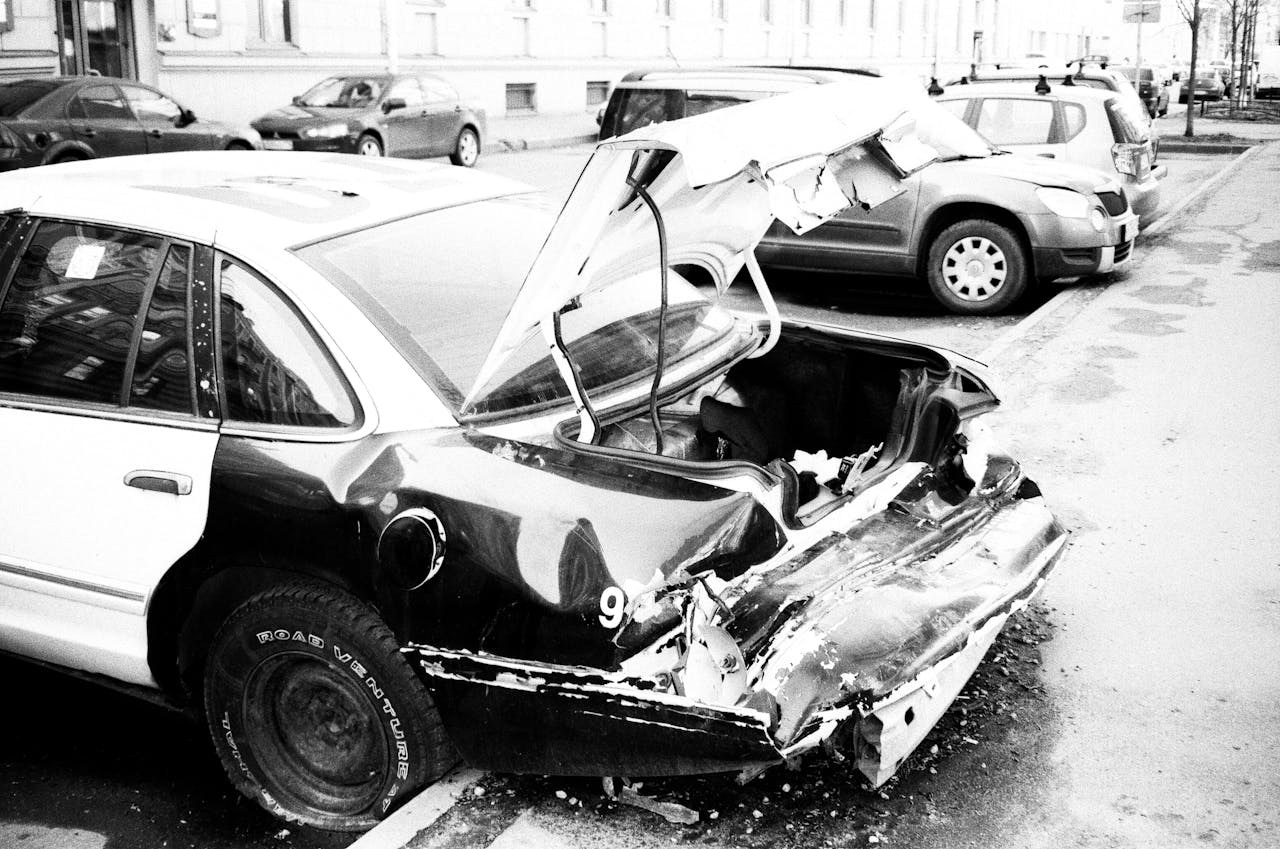Responsibility, pricing, and the future of liability in the age of AI
If autonomous driving is redefining the relationship between humans and vehicles, then it’s also challenging the insurance industry’s core logic:
Who bears the risk? Who pays the bill? How Will Autonomous Car Insurance Work in Future?
By 2025, with Robotaxis entering commercial operation in major cities across Europe and the U.S., and L3–L4 private autonomous vehicles gradually being tested on public roads, one question becomes more urgent:
When the steering wheel is no longer in human hands, does traditional auto insurance still make sense?
This article explores three critical aspects:
- Legal restructuring of liability
- New logic behind premium pricing
- The rise (and controversy) of AI-assisted attribution
1. If the owner isn’t the driver, who’s responsible?
In traditional insurance models, liability is built on the assumption that a human holds primary control of the vehicle. Most accident investigations revolve around driver behavior.
However, with L4+ autonomous vehicles—where the system is entirely in charge—regulators in Europe and the U.S. are rethinking the legal structure of responsibility.
1.1 Should manufacturers be primarily liable?
In late 2024, the UK passed the Automated and Electric Vehicles Act (AEVA 2024), stating:
“When a vehicle is operating in autonomous mode, the manufacturer or its authorized operator holds primary liability—not the vehicle’s owner.”
In the U.S., the California Department of Insurance (DOI) also drafted a 2025 proposal to integrate product liability insurance into the standard insurance framework for self-driving cars. This means in the near future, car owners might not purchase standard third-party liability insurance—instead, manufacturers could be responsible for insuring their autonomous fleets.
1.2 The legal grey area of third-party AI suppliers
Companies like Mobileye, NVIDIA, and Wayve supply core AI systems for autonomous driving. But if an accident is caused by an algorithm’s misjudgment, are these firms partially responsible?
As of mid-2025, neither the EU’s AI Act nor U.S. NHTSA guidance offers a clear standard. This leaves room for legal disputes and prolonged litigation, especially in cases involving system bugs or edge-case failures.
2. Premium pricing: From driver profiles to AI risk scores
Traditional auto insurance pricing is based on driver characteristics: age, gender, driving history, zip code, etc. But with autonomous vehicles, these personal metrics become irrelevant.
2.1 Pricing based on algorithm performance and OTA updates
Insurance tech firm Lemonade suggested in its 2025 report:
“Future premiums should be determined by the performance history of the algorithm—its accident rate, object recognition accuracy, adaptability to complex roads, and responsiveness to OTA software updates.”
Insurers are now working with automakers to access vehicle system logs and create a behavior-based risk scoring system. For example:
- Poor pedestrian detection at night? → Higher premium
- Frequent misjudgment in curves? → High-risk algorithm flag
- OTA updates delayed? → Increased deductible
2.2 Robotaxi data becomes a new insurance asset
Robotaxi providers like Waymo, Cruise, and Zoox have begun sharing anonymized operational data with insurers. This data helps build AI risk models. Insurance is no longer just “financial protection”—it becomes a data collaboration.
3. AI-assisted attribution: Efficient but controversial
In 2025, several insurers and legal systems across Europe and the U.S. have deployed AI-based accident analysis tools to streamline liability determination. One example:
In France, Allianz and AWS co-developed the Accident Causality Intelligence Engine (ACIE). Piloted in Paris and Lyon, it achieved 93% accuracy in low-severity accident attribution.
But challenges remain.
3.1 The black box problem
If an AI system decides that an autonomous vehicle is at fault—but its reasoning is opaque—it leads to information asymmetry. Consumers may not understand or trust the verdict.
3.2 Human oversight still required in serious cases
According to an April 2025 report by Germany’s Ministry of Justice:
“AI may support pattern recognition and behavior modeling, but it should not be the final arbiter in cases involving personal injury or death.”
In short, AI can assist—but human judgment remains essential.
Conclusion: Insurance is evolving into a shared responsibility framework
Auto insurance in the fully autonomous era isn’t just about shifting blame from drivers to manufacturers. Nor is it simply replacing human risk profiling with algorithm ratings.
At its core, the transformation raises a deeper question:
When risk becomes technical, how do we redesign social collaboration models around it?
In the future, a policy may no longer belong to a single owner or company—it may be a product of cooperation between regulators, cities, AI developers, and users.
This is uncharted territory. And it demands a fundamental rethink of what responsibility truly means.
FAQ: Autonomous Car Insurance in 2025
Q1: Who is legally responsible if a fully autonomous car causes an accident?
A: In most L4+ autonomous driving scenarios, if the vehicle is in self-driving mode, the liability generally shifts from the car owner to the manufacturer or the operator of the driving system. Some regions, like the UK and California, are even drafting laws to make this the default legal position. However, the final responsibility may still involve third-party AI providers, depending on the nature of the malfunction.
Q2: Will human drivers still need personal car insurance in an autonomous future?
A: If you own a traditional vehicle or a lower-level (L2–L3) autonomous car, yes—you’ll still need personal car insurance. But for L4+ vehicles where the system has full control, personal liability coverage may be replaced by product liability insurance carried by the vehicle manufacturer.
Q3: How will insurance companies price premiums for autonomous vehicles?
A: Instead of using human-based factors (age, driving record, etc.), insurers will price premiums based on algorithm performance, historical system crash data, and even OTA update responsiveness. Some insurance companies already work directly with automakers to analyze vehicle system logs in real-time.
Q4: Can AI systems decide who’s at fault in an accident?
A: They can help—but they can’t replace human judgment entirely. AI-based accident analysis tools are being used to assist insurers in quickly identifying fault in minor collisions. But in serious cases involving injury or death, a human legal review is still mandatory, especially in Europe.
Q5: What if the AI algorithm from a third-party vendor causes the crash?
A: That’s currently a legal gray area. While the vehicle manufacturer may bear primary responsibility, third-party vendors (like NVIDIA, Mobileye, or Waymo) could be held accountable if the accident was directly caused by their software. Legal frameworks in the EU and U.S. are still evolving on this issue.



